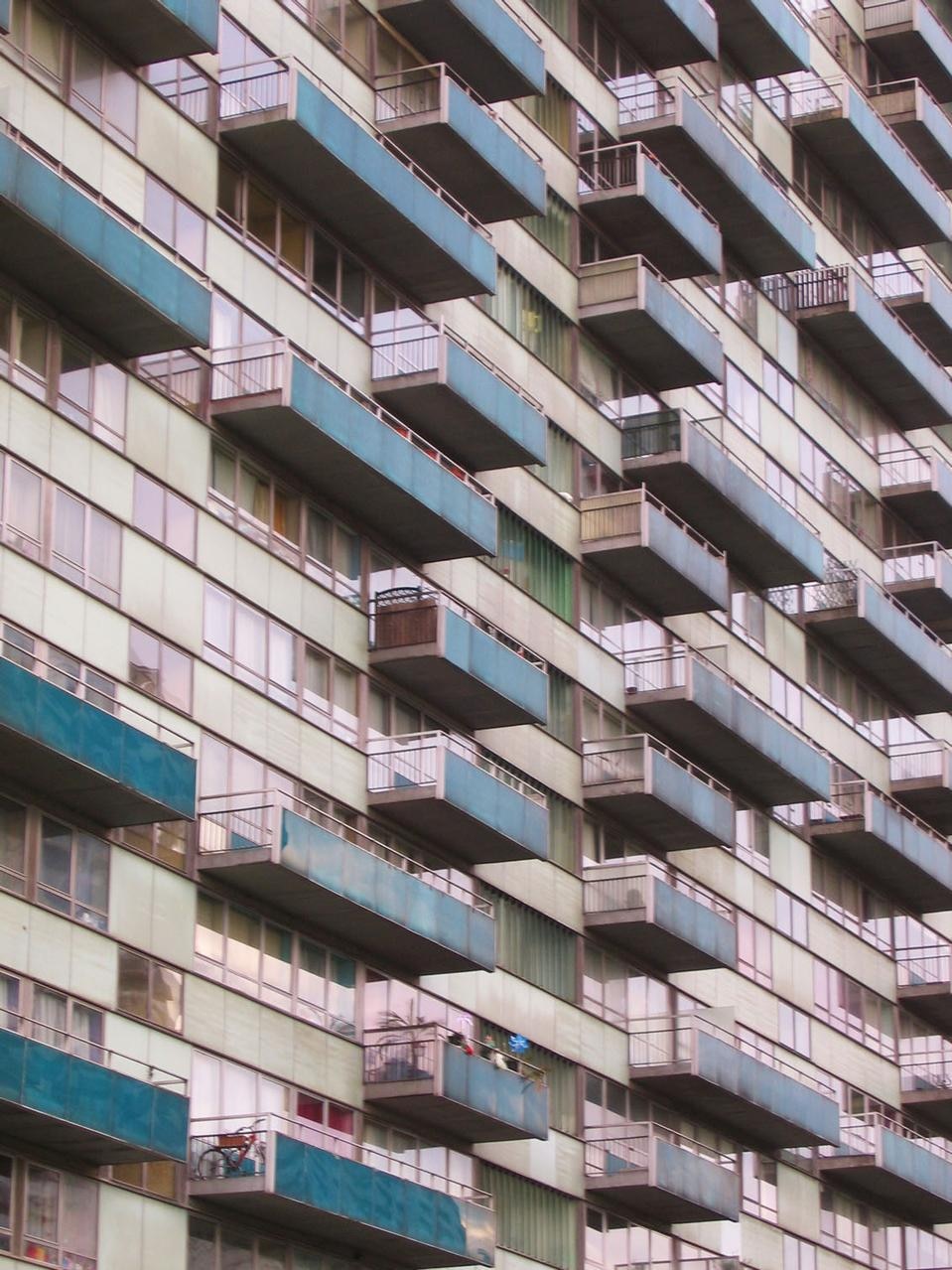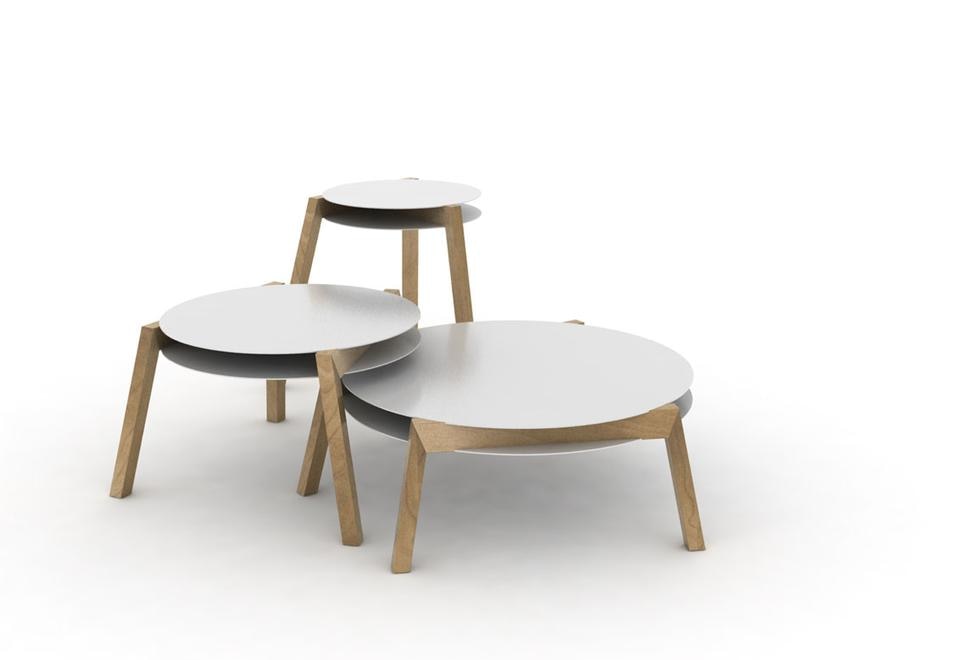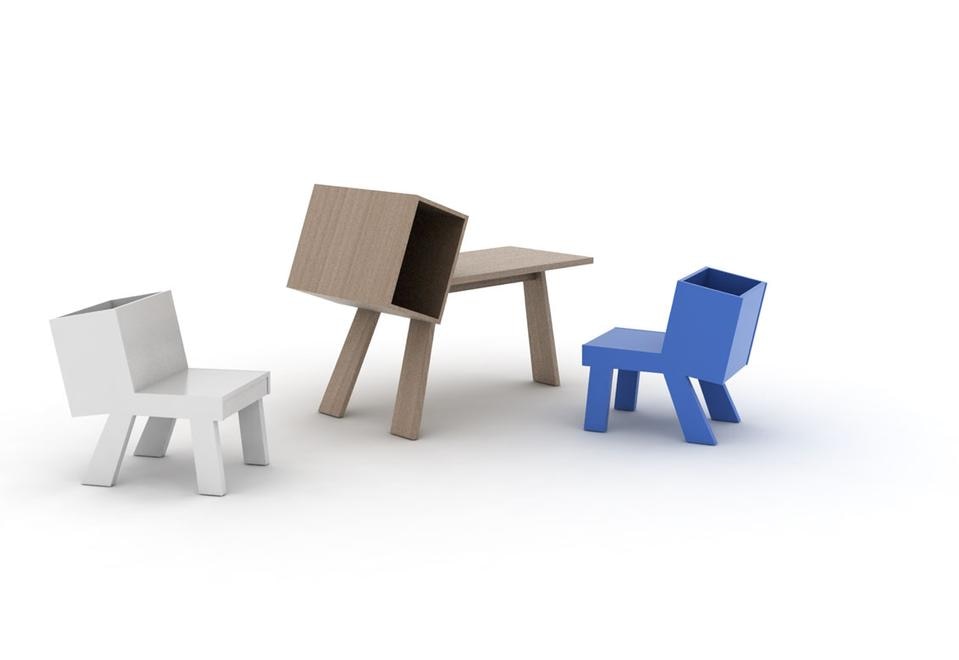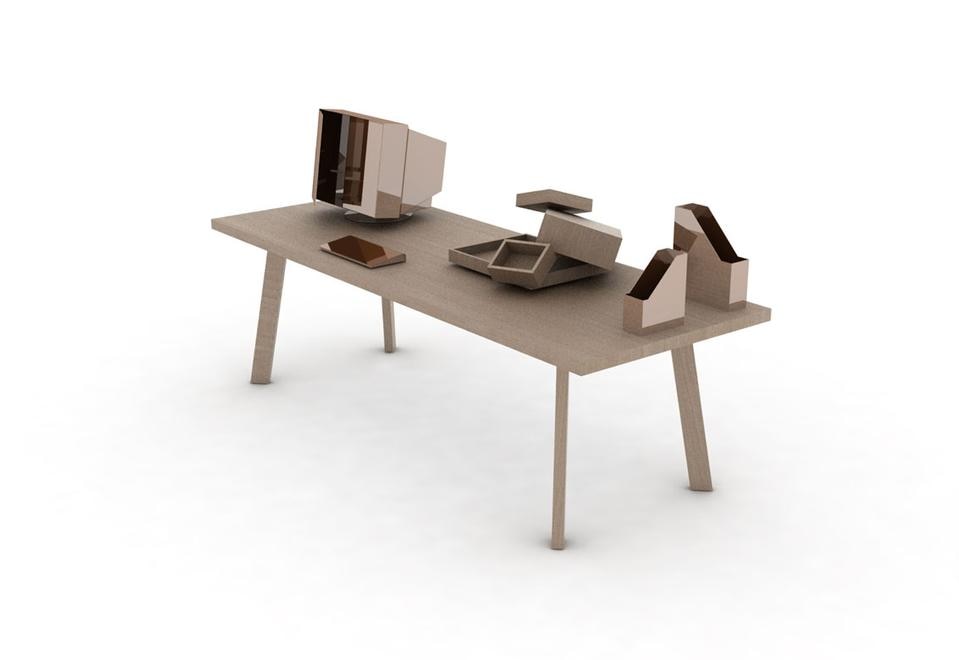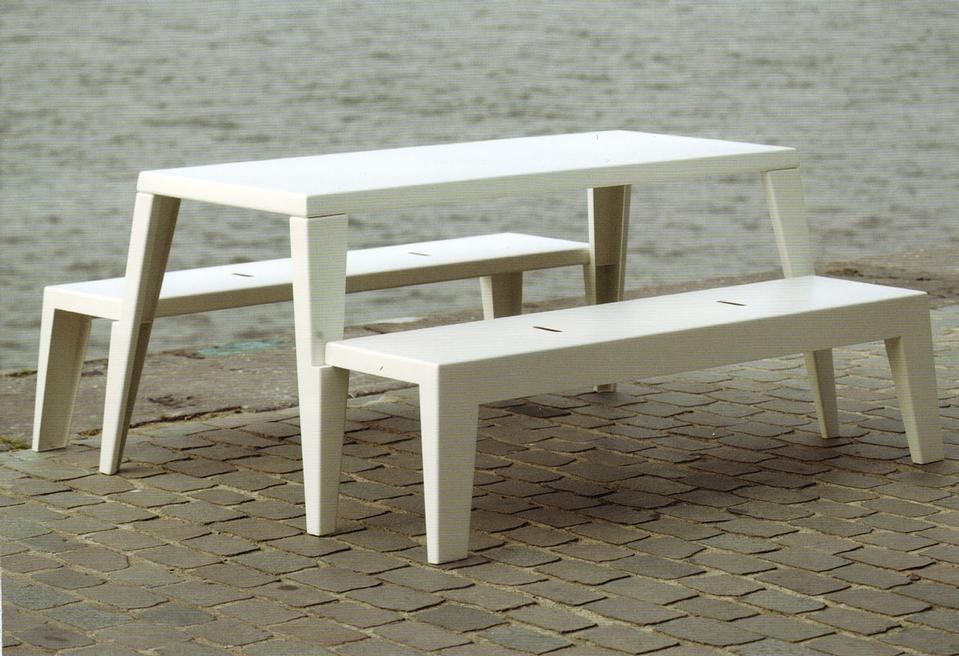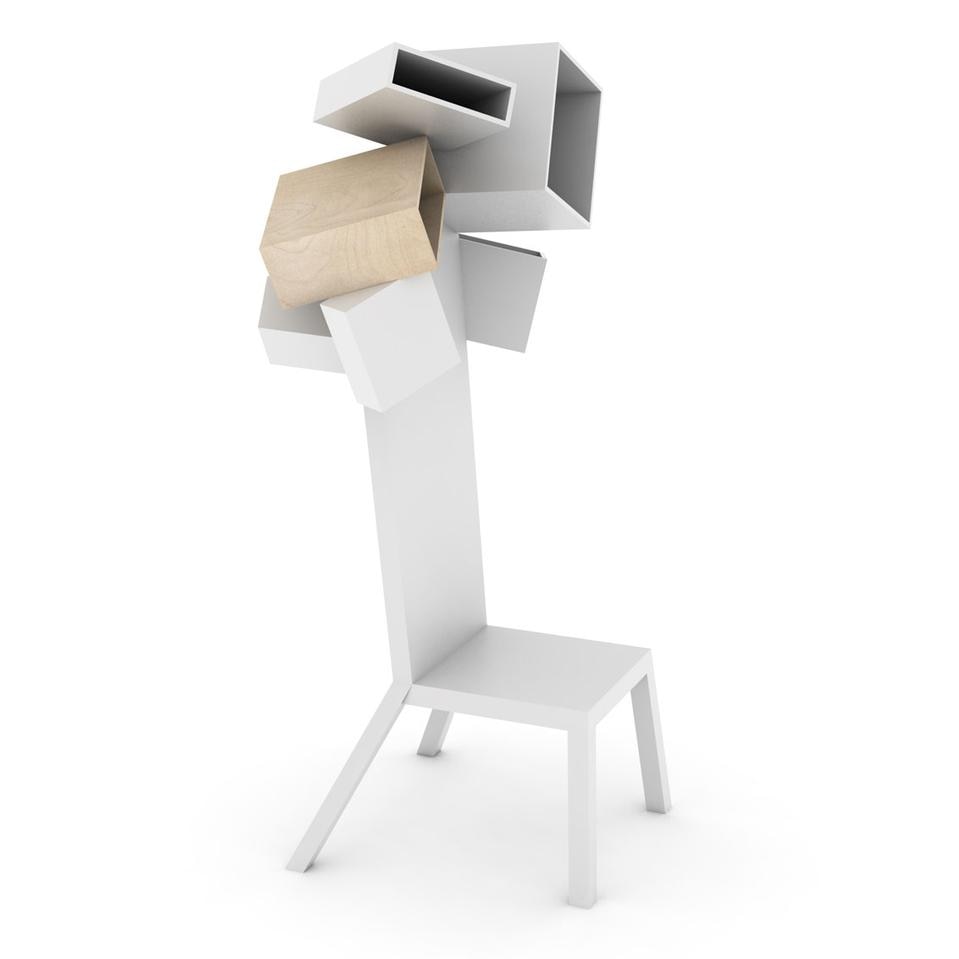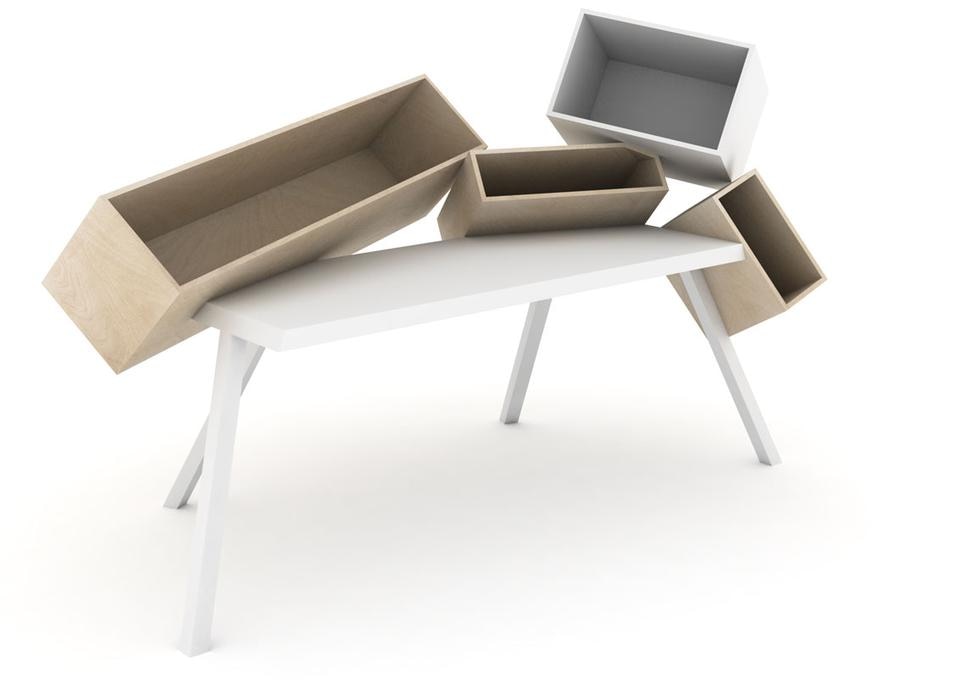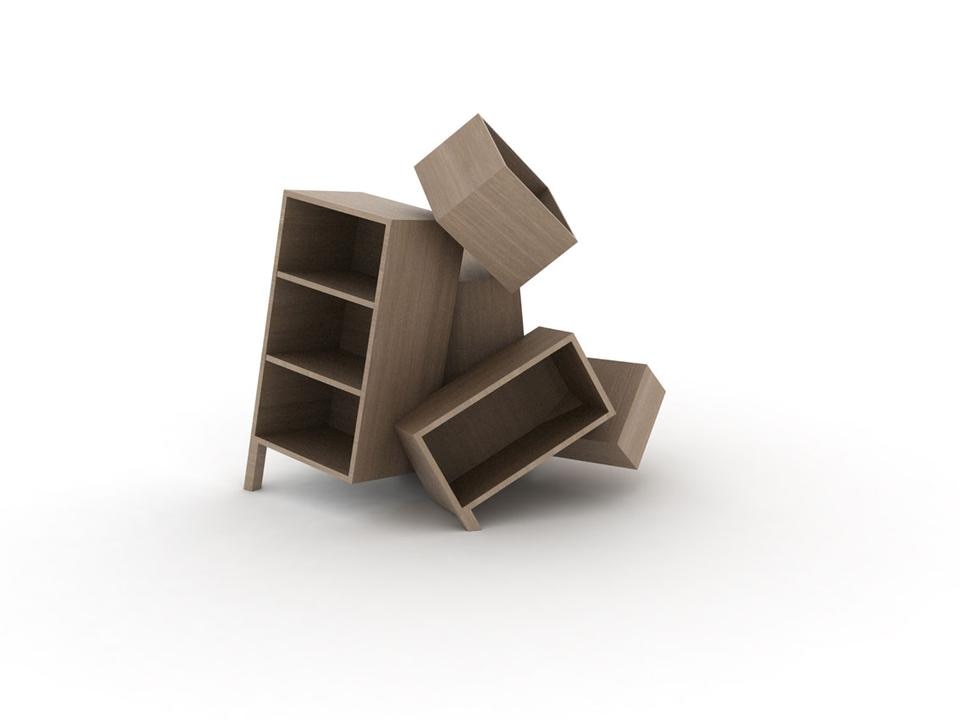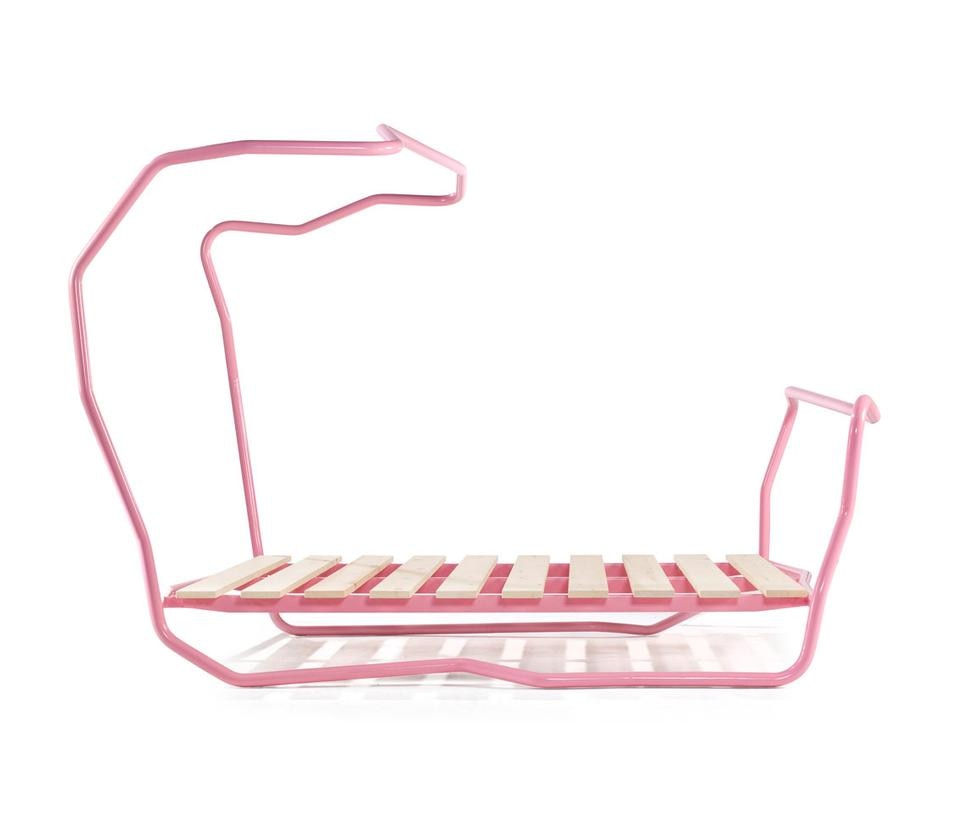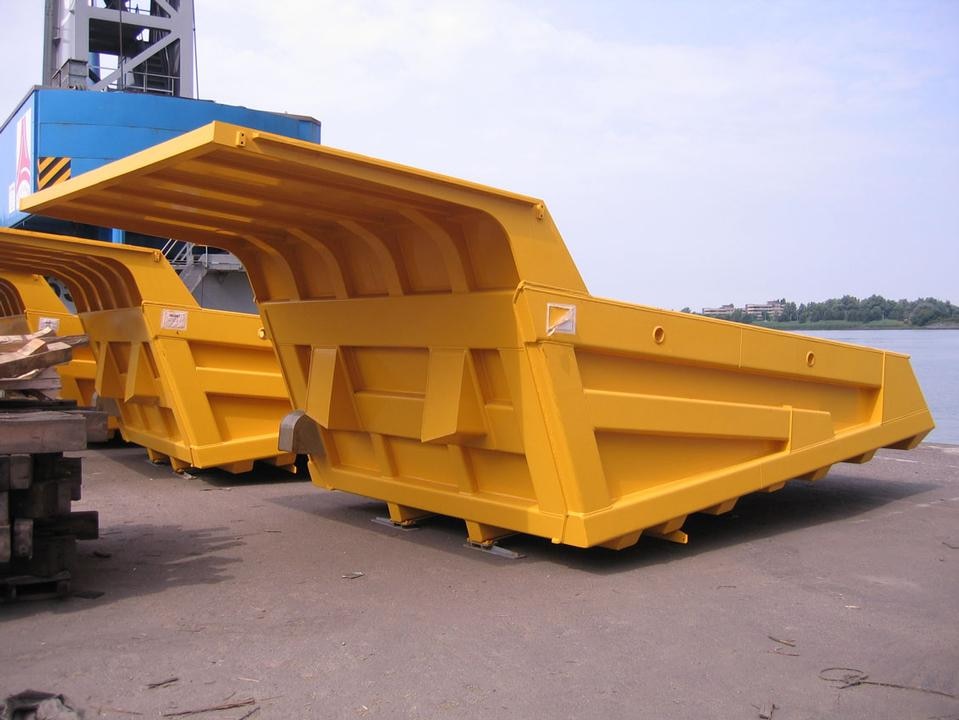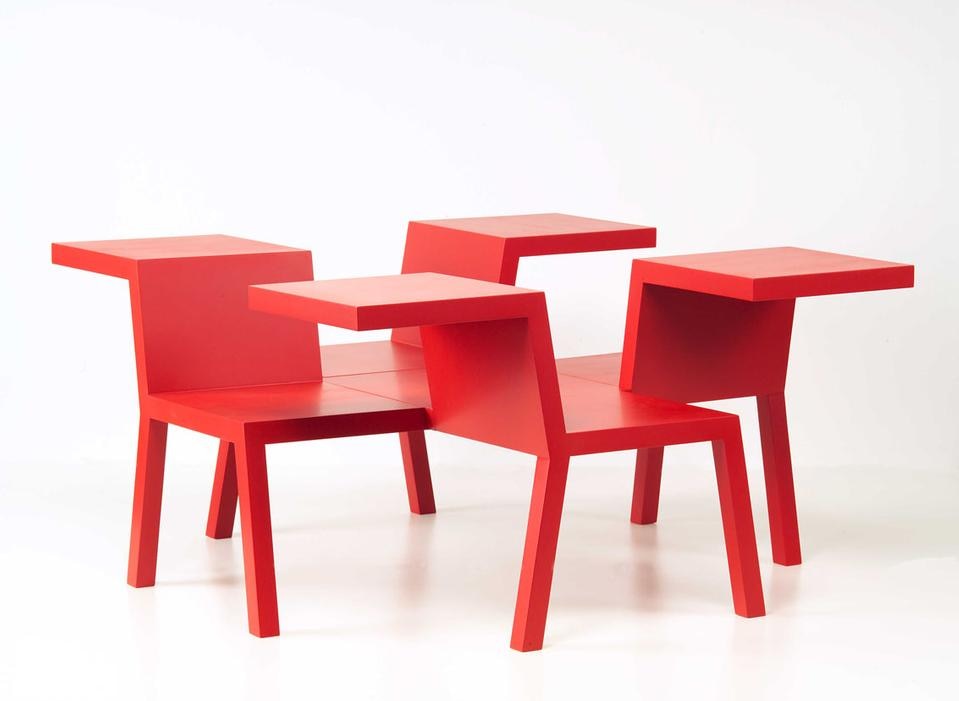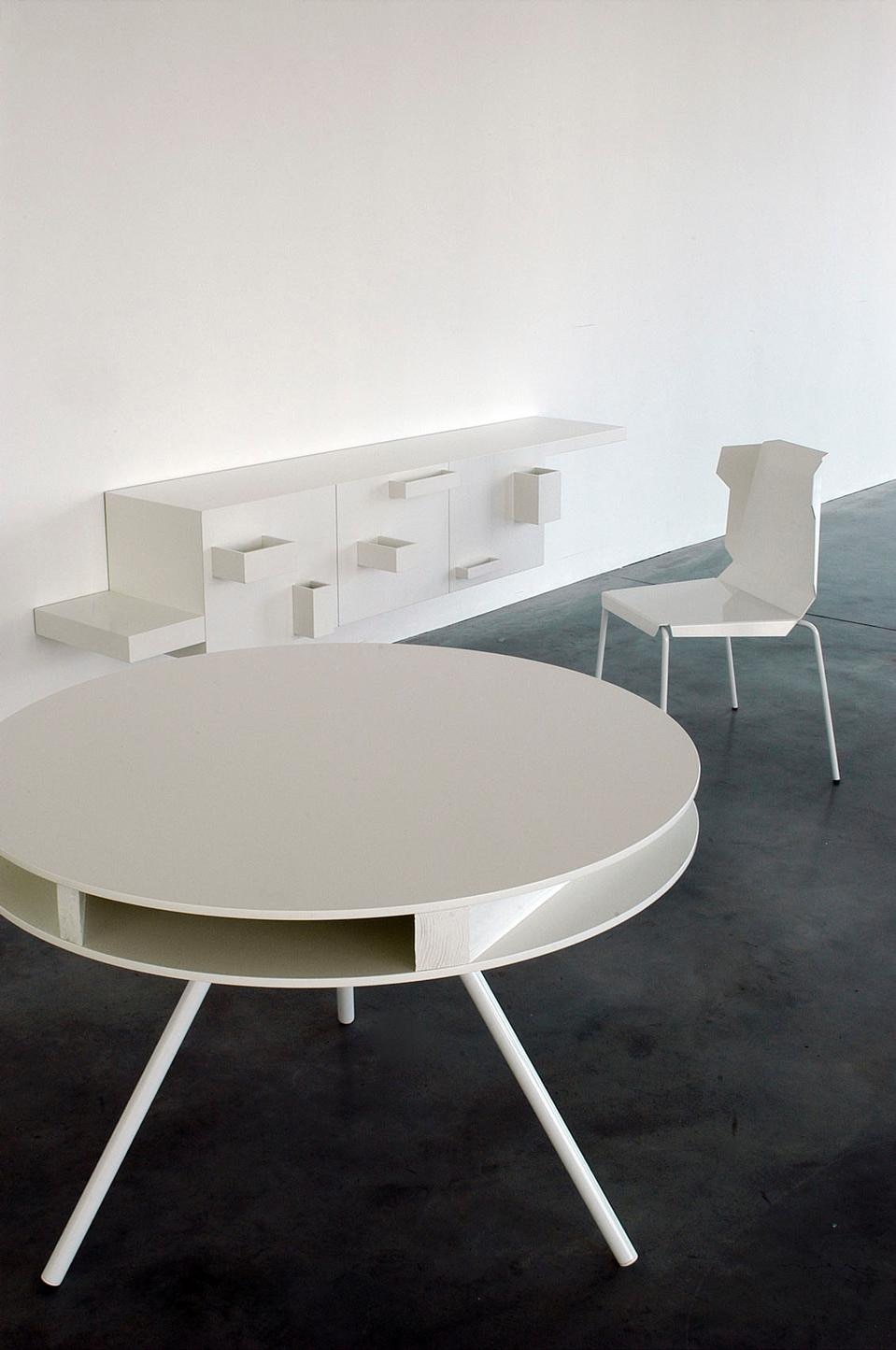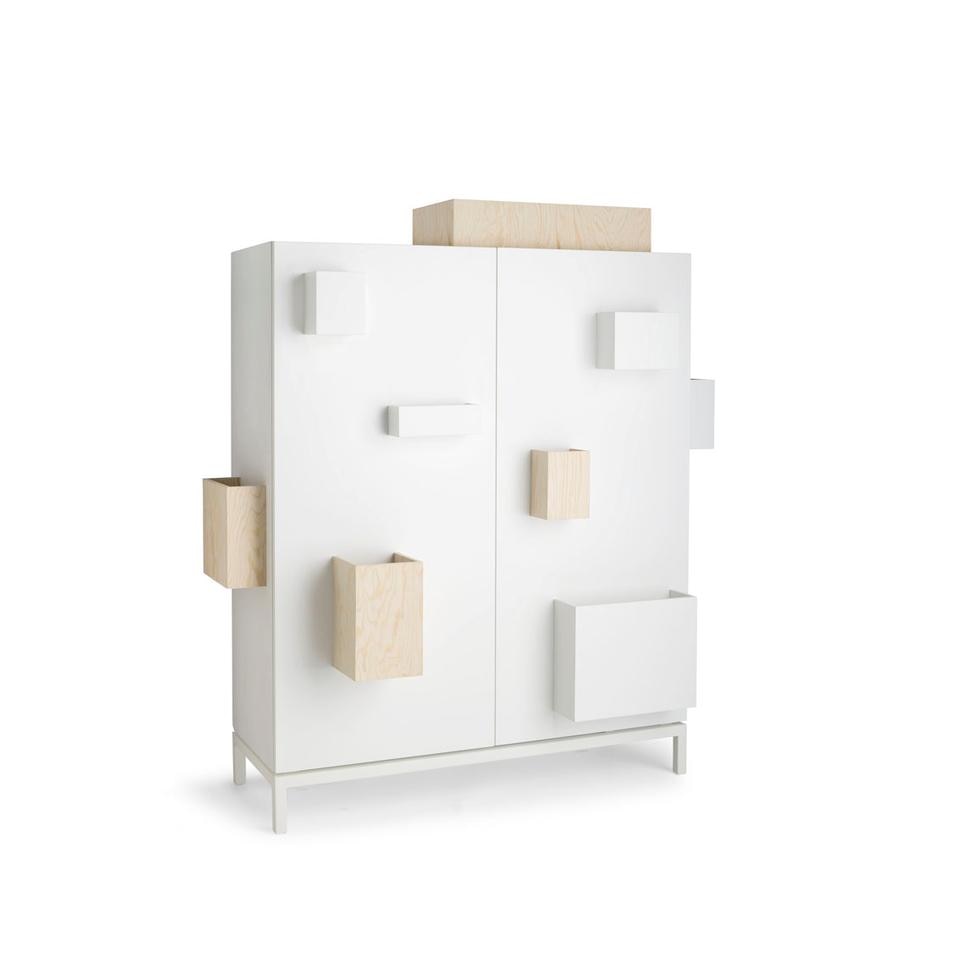I grew up in a family where environment and art has a major role in daily life. During my childhood, my mother was always busy with the interiors. She bought furniture pieces on flee markets to customize it herself but also bought pieces of Charles & Ray Eames, Joe Colombo, pieces of the Memphis group and some others like Claire Bataille and Emiel Veraneman, my parent's friends.
School was not my best period... It wasn't the right time for me, I was too wild. So when I was seventeen, I started to work for my father who's a contemporary painter www.brambogart.eu, as his assistant. After a while, with the money I earned, I started to collect design pieces of the Sixties and Seventies because I was charmed by those extravagant and flashy objects and it was a way to buy quality things for less money and to have a rich environment before the vintage rage began. In the meantime, I looked into books to learn more about it and get interested. In this way, I discovered the profession of designer and was seduced by it.
How did you discover your love for furniture and design?
After a few years being an assistant of my dad I realized I won't find my place along his side. The job of painter is too personal. I had to find something to feed my own spirit. At that time, I left home to move into my own space. Because I was interested in furniture I decided to follow classes to learn working with wood; polyester; metal to be able to make my own furniture. I wanted something particular and responding to my needs. Space saving objects to have some comfort in my living room which also was my workshop. A bit later I also subscribed at the Academy of Arts of Hasselt, Belgium, to follow the lessons of Industrial Art (All in evening classes because I kept the job with my father). So, step by step, I get the virus to think and making things. This period took place from 1991 with my first piece of furniture till 1997 when I began to follow classes at the Academy of Arts.
Although as a designer you often disturb the usual rules, the industry ended up to court you and to manufacture your work. Could you tell us when and why did it start to happen?
As experimental as they look, my pieces never lose the main role they have to fulfill! Some of my products are possible to translate into industrial products and others are even if they are inventive, staying as experimental objects because of their complexity of production. Never mind! I produce them because they help me to enrich my way of thinking and creativity. Luckily for me some design galleries who shares the same spirit represent these objects. Projects like the Lazy desk or the Paparazzi office chair are easy to translate as industrial products others like the The gypsy things are too expensive in production and are not common enough for being industrial products, so they find their way by themselves. A lot of my contacts were made by these experimental items. I think producers are charmed by the functional and formal level of my work, so it's an occasion to meet and discuss to find the right balance between creativity and industry to work on a product which will fit in this branch without loosing its beauty.
At a first sight, your furniture is unusual, surprising (and sometimes even funny), poetic and ambiguous. But, looking deeply, it results to be also very functional. What is your target when you start designing an object?
I aspire to create new ideas and emotions to surprise myself and the people who I'm working for. It seems I'm addicted to function. Most of the time my things are functionally enriched and therefore aesthetically and emotionally surprising. This connecting theme helps me to reconsider an object.
In most of your furniture you are using wood as a main material. Is there a particular reason for that? Are you going to approach other materials in the future?
In the beginning you have to start somewhere and wood gave me the opportunity to build objects on my own without to have to wait for a producer or a gallery to edit the pieces. Even if it's not the right material. With wood you can give shape to an idea. For example: One of my first project was the Etcetera table, I made it of MDF but wasn't the right material. I knew it. When I showed the table for the first time at Salone Satellite in Milano I get a lot of good reactions like press, an award and a bit later the director of the company FELD saw it, took it into production and made it of powder coated aluminium: the right material. At the moment, I'm busy with a collection of objects made of copper and also experiments with glass. And would love to collaborate with companies to evolve in this way.
Many of your recent projects focus on the office and public environment. What are – according to your experience – the main challenges in these two fields?
People are spending their time in a public area or at the office. It is an area which involves a lot of different functions and that feeds me to approach it in an other way. The Overdose desk designed in 2007 and now taken into production by the producer Bulo is a nice response to it. It's pure function but just the way how to add the storage boxes on the tabletop gives its particularity. Make order by disorder. Common objects are doing their job very well but mixed with some non-common ones around us can be interpellant and help us to fantasize or to think in another way. Environment has a direct impact on our mood, so why not using function to make it more diverse and creative, less conventional!
I have read that your pieces are influenced mostly by people's daily habits. Could you tell us a few words about your designing method?
I'm starting quite intuitively; I open all the doors for inspiration by thinking; making models. Looking for something interesting to develop. A free approach helps me to explore new ways and then it's coming out naturally. Sometimes I feel like a sportsman who's training all the time the same movement to reach his goal and after a while he's doing it instinctively. For me it is the same, I have to stay focused and work a lot to find these details and ideas which will give the object its particularity. There's no secret. An example of daily influence: the new media Internet have had an impact in the way how and where we communicate and work today. The couch Oasis for FELD is responding to this with an integrated tabletop. The Salsa piece produced by Vanerum, that is a manufacturer of school furniture, is based on the same principle. I also like to disturb these habits, to impose some added functions on an object to create new habits. The Gypsy things collection represents that well, they look poetic, strange, sculptural, ambiguous but are in fact pure function translated into a shape of beauty.
You have been nominated designer of the year by the Interieur Biennale. What does it mean for you?
The Jury of this nomination was composed by different people: The Interieur Foundation (Biennale); Design Museum Gent; Grand Hornu Images (Museum); Knack (press); Le Vif (press). These people know me and are following me for a while now. It gives me a warm feeling to know I could take their attention by what I'm doing. It gives me a lot of attention and a good visibility to help me building further on my development.
